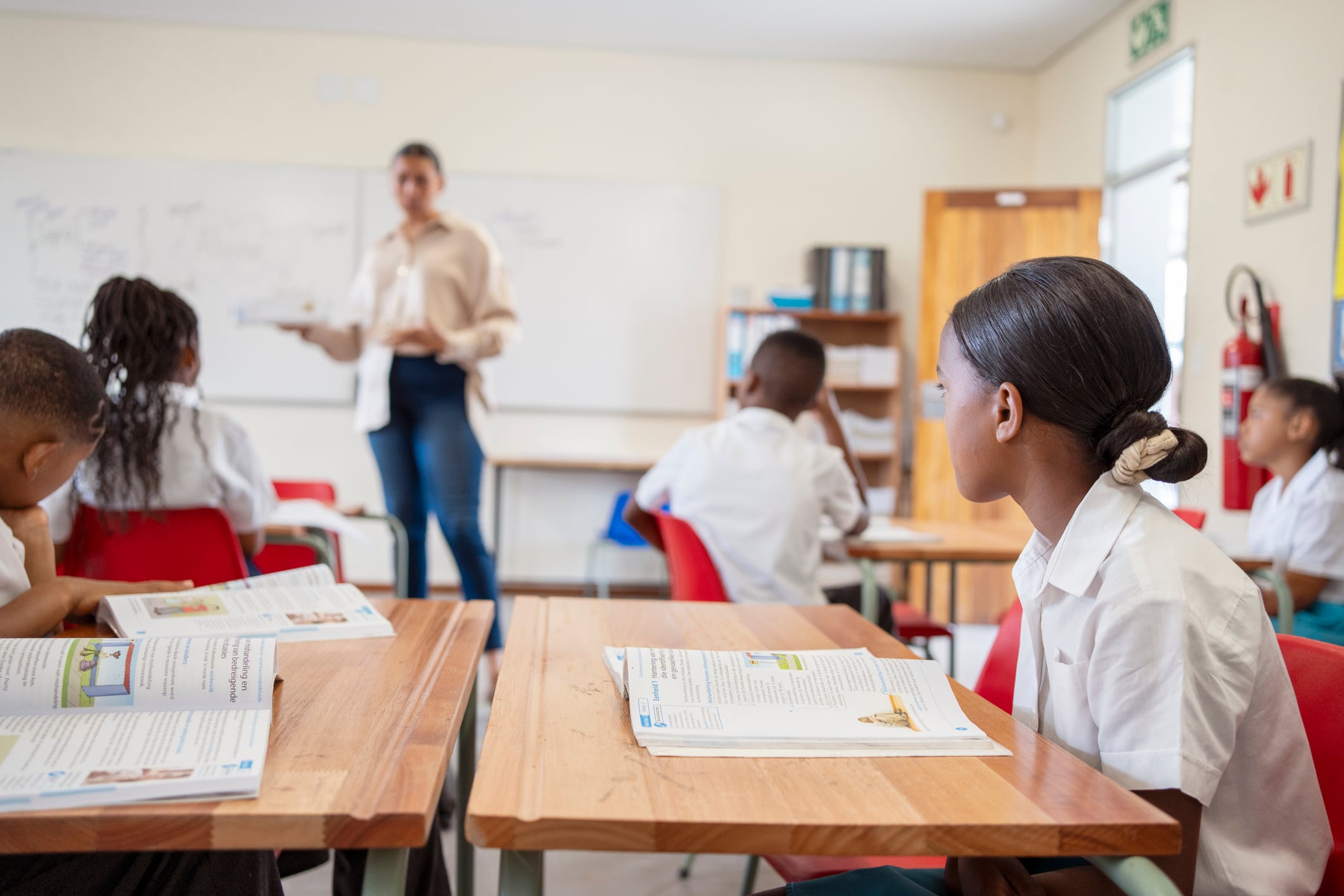A Teacher’s Guide on How to Run Debates in the Classroom
Critical Literacy
Debating is integral to helping students develop their critical thinking skills but doesn’t need to be reserved for debating club. It can be tricky to know where to start when introducing debate into the classroom. What topics should you discuss? What are the steps in a debate? How do I stop it turning into an argument? This guide answers all these questions and more to help kick start your classroom debate.
9th July 2024

What does a debate teach?
Debate helps to sharpen critical thinking, refine communication skills and improve problem-solving. A healthy debate can teach young people to find collaborative and creative solutions beyond a polarised world.
In today’s society young people are plagued with opportunities for poor debate to arise. Social media comment sections are fraught with hateful words, ill-conceived points of views and bullies. Teaching young people strong debate skills enables them to identify credible and worthwhile perspectives, and to incorporate those into their opinion. It also helps them to recognise unhelpful, inauthentic, or poorly constructed points of view.
Not only does this help to engage critical thinking and problem-solving in young people’s minds, but it also builds confidence. Able to separate the useful from the malignant, teaching good debate skills bolsters your pupils to form more solid judgements on the world around them. In turn, this teaches them to better navigate our world to improve themselves and their lives.
To do this, it is vital to teach children to break down hypotheses into all its comprising arguments – rather than taking polarized stances on any issue. Instead of taking an adversarial approach, teaching empathy to others’ viewpoints will enable young people to find restorative ways to collaborate and mediate for the best possible outcomes.
Debate expert and author of Hacking Digital Learning Strategies: 10 Ways to Launch EdTech Missions in Your Classroom, Shelly Sanchez Terrell, notes that the key to teaching good debate skills is to ensure pupils stay on issues, rather than straying to personal attacks. Equally still, it’s important to address sensitivities appropriately if they arise, to model self-meditation techniques.
What are the steps in a debate?
Here’s a guide structuring a classroom debate to help stay on topic and encourage credible and valid arguments.
1. Open the Idea
In a classroom debate we are not pitting one side against another, while it may be tempting to enter into a ‘for’ and ‘against’, polarizing a debate cuts out room for innovative perspectives you may not have considered. Open discussions to the class with phrases such as ‘What do you think about X?’ or ‘How do you think the people at X feel about Y?’. This opens a debate rather than shutting it into two opposing cages.
2. Evidence the Idea
Often we get caught in a trap of ‘confirmation bias’, whereby we find evidence to prove our opinion is correct. This can teach us to become unwittingly closed-minded. This is particularly poignant when considering that social media algorithms only give young people ‘news’ that supports what they already like or believe. Instead, we should be encouraging our pupils to craft their opinions through evidence they find from multiple sources – a conversation with others, Google, newspapers, books, documentaries, etc. By looking at diverse points of view, and analysing the credibility of their resources, pupils can better form a constructive opinion. In this sense, encourage your pupils to delve into the topic and find everything they can on it – comparing each piece of evidence.
3. What’s Good?
From looking through their evidence, what can your pupils find to be good about your given topic? Encourage them to look from all different viewpoints to find positive factors and future opportunities.
4. What’s Bad?
Have your class pinpoint at least 5 weak points around the topic in general. Next have them break down their positive points, identifying any arguments against these. Look for threats to these positive outcomes, and what could pose as a future issue.
5. Present and Discuss
Allow each child a set time to talk about their point of view. Follow this up with questions that encourage their perspective, followed by a few that critique it. After, offer your opinion and allow your class to do the same.
6. Find a Solution
The point of debate is to find a solution that works. Try to find a collaborative way of coming to an answer that incorporates as many of the ideas that have been discussed in the classroom as possible. It’s key to set parameters for feedback here, so pupils understands the impact their solution has or could have.
What are good debate topics?
While there are plenty of topics to discuss, engaging your pupils in real-world subjects that affect their lives helps them to better navigate the world around them. Often adult newspapers talk about complex politics or economics. Not only are these subjects hard for children to understand, but they are also boring and irrelevant to their lives.
Instead, finding age-appropriate subjects can help to spark passion in your pupils’ debates, helping them to form solid opinions fuelled by curiosity and a desire to solve problems. Check out our blog on Good Debate Topics For KS3 for some inspiration.
Add Engage Printables to your subscription to access fortnightly debates. Find out more here.
Interested in First News?
First News reaches millions of young readers every week, at home and at school. Our age-appropriate news stories and activities spark curiosity, build media and information literacy skills and empower children with the tools to navigate the world.



